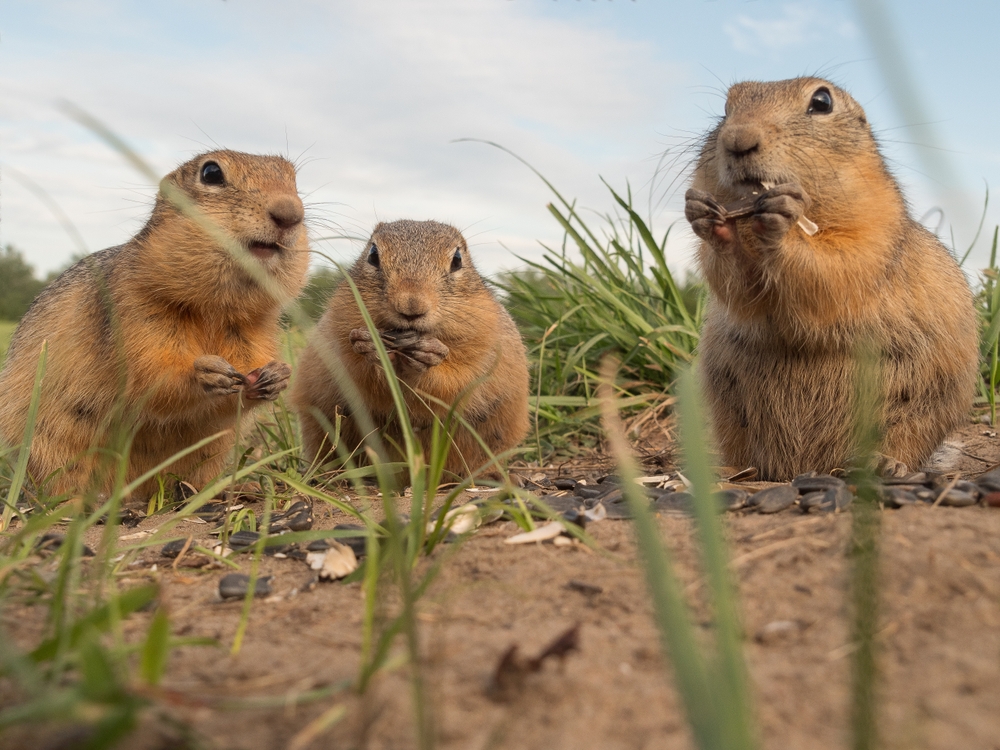Understanding The Social Lives of Prairie Dogs
The social structure of Prairie Dogs, members of the squirrel family, is fascinating. They build complex burrow systems and exhibit a high level of social interaction. Learn about their unique social dynamics, communication tactics, and current conservation efforts to protect these intriguing creatures.

Prairie Dogs: An Introduction
Prairie Dogs, despite their name, are not dogs but a type of ground squirrel found in North America. They gained their name due to their dog-like barking sounds. They are most famous for their complex social structure and unique communication system. Historically, prairie dogs have been seen across the Great Plains, but habitat loss has significantly reduced their population.
The Social Structure of Prairie Dogs
Prairie dogs live in large colonies or “towns,” which can house thousands of individuals. These colonies are further divided into family groups known as coteries. A coterie typically consists of one male, several females, and their young ones. The coterie is a tight-knit unit, with members sharing food, grooming each other, and collectively defending their territory.
Communication Among Prairie Dogs
Prairie dogs have a sophisticated system of communication that includes a variety of vocalizations and physical gestures. They use unique, high-pitched calls to alert others about the presence of predators. Recent studies have revealed that these calls can specify the type, size, and speed of the approaching threat. This level of complexity in animal communication is rare and has made prairie dogs a subject of intense scientific study.
Current News and Conservation Efforts
Prairie dogs are currently classified as a “Species of Concern” by U.S Fish and Wildlife Service due to habitat loss and disease. Various conservation efforts are ongoing to restore their population. These include habitat protection, reintroduction programs, and public education about the ecological role of prairie dogs. Their colonies support other wildlife by providing food and shelter, making their conservation crucial for maintaining biodiversity.
The Impact of Prairie Dogs on Pet Industry
Prairie dogs have been popular as exotic pets due to their social nature and intriguing behavior. However, owning a prairie dog requires a special permit in many states due to their status as a protected species and potential disease transmission risks. The estimated price for a prairie dog ranges from $100-$200, but the cost of their care can be significantly higher. The pet industry’s role in prairie dog conservation is complex, with some arguing that responsible pet ownership can aid in their conservation, while others caution against it.
In conclusion, prairie dogs are remarkable creatures with a complex social structure and communication system. Understanding their behavior and ecology can provide valuable insights into the nature of social animals and help in their conservation. As we continue to learn more about these fascinating creatures, it is crucial to balance our curiosity with their well-being and conservation.





